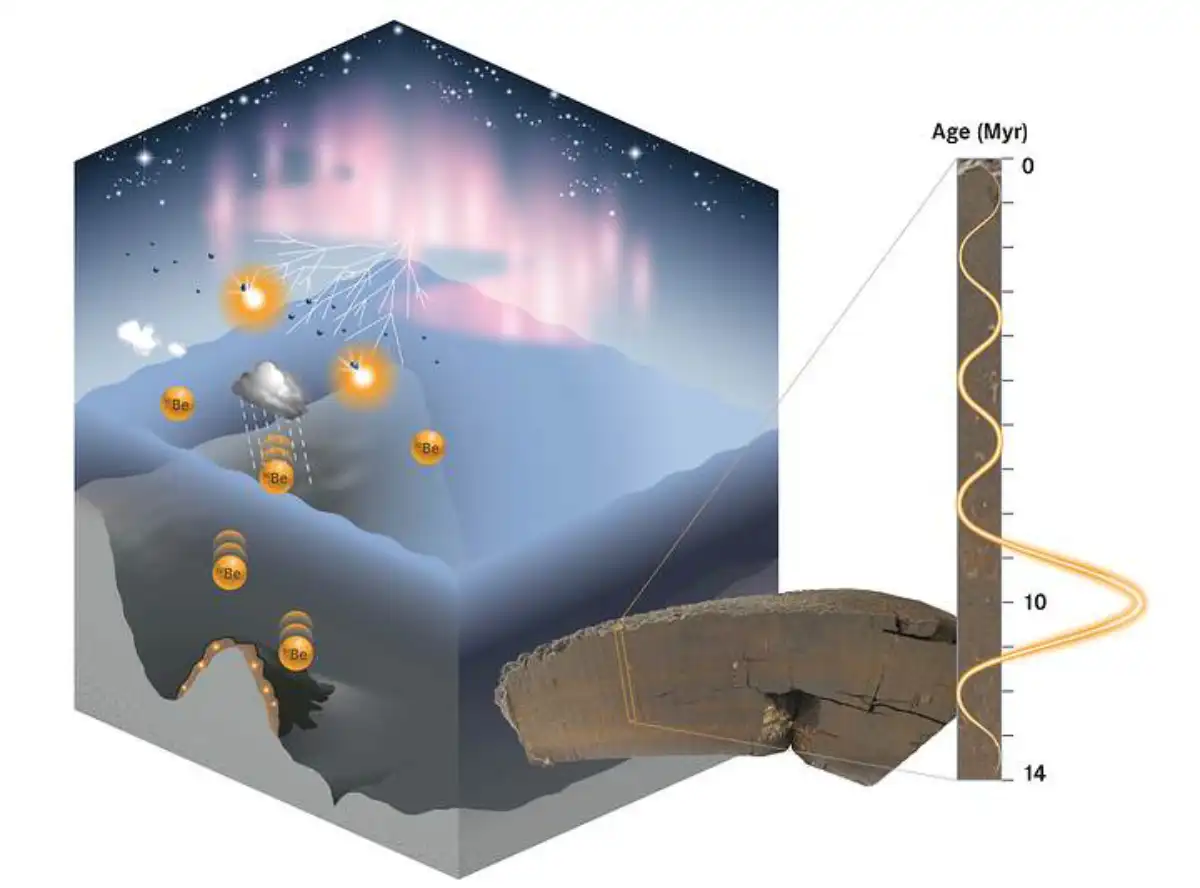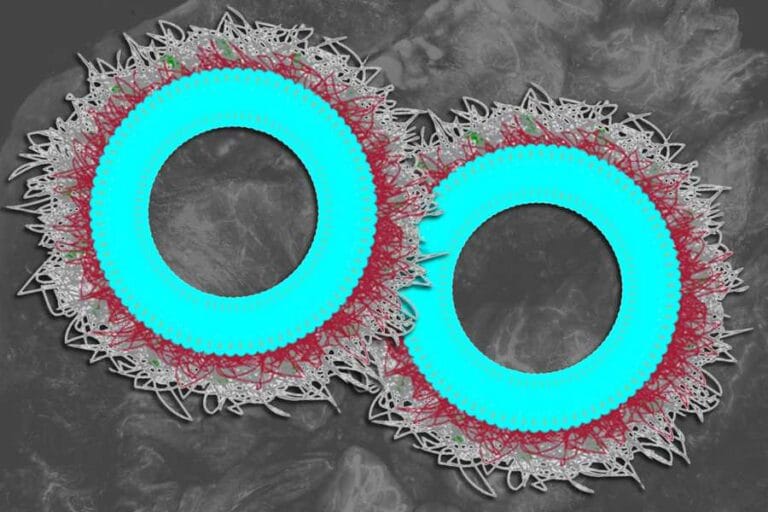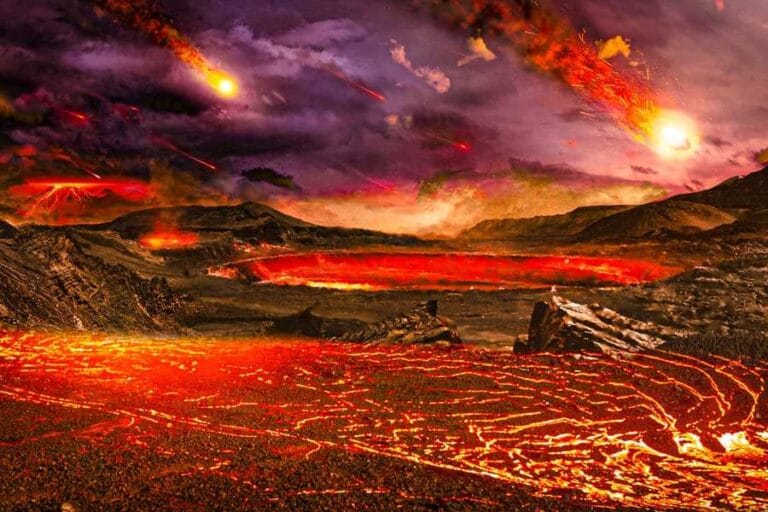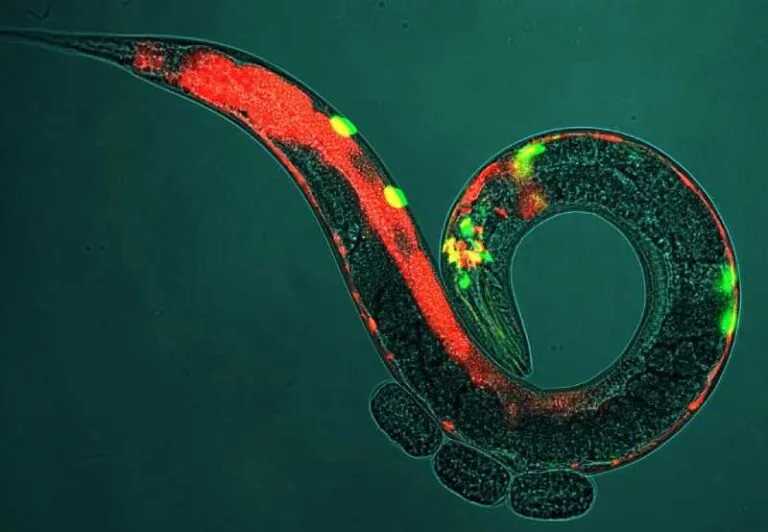Strange radioactive anomaly discovered in the Pacific Ocean

Beryllium-10 (^10Be) is a rare isotope formed when cosmic rays interact with oxygen and nitrogen in Earth’s atmosphere. It reaches the surface through precipitation and gradually accumulates in ocean sediments. With a half-life of 1.4 million years, its decay into boron enables scientists to date geological samples spanning millions of years.
Recently, researchers from the Helmholtz-Zentrum Dresden-Rossendorf (HZDR), in collaboration with Dresden University of Technology and the Australian National University (ANU), detected an unexpected concentration of this radioactive isotope in samples from the Pacific Ocean seafloor. Their study, published in Nature Communications, analyzed ferromanganese crusts collected from several kilometers below the ocean surface. Composed mainly of iron and manganese, these crusts grow slowly over millions of years. To determine their age, the team employed accelerator mass spectrometry (AMS), a highly precise technique for detecting ^10Be.
The findings took the researchers by surprise: in layers dating back approximately 10 million years, the concentration of beryllium-10 was nearly double the expected levels. To eliminate the possibility of contamination, the team examined additional samples, which revealed the same anomaly, confirming that this was a genuine phenomenon.
Scientists have two main hypotheses to explain this unusual accumulation of 10Be:
- Alterations in ocean currents: It is known that between 10 and 12 million years ago the currents near Antarctica underwent drastic changes. This could have affected the distribution of beryllium-10 on the planet, concentrating it especially in the Pacific Ocean.
- An astrophysical event: Another possibility is that a nearby supernova temporarily increased the cosmic radiation reaching Earth. Also considered is the possibility that our planet passed through a dense interstellar cloud that weakened the protection of the heliosphere, allowing an increase in cosmic radiation.

To pinpoint the exact cause, the scientists plan to analyze more samples and encourage other research teams to conduct further studies. If the anomaly is observed globally, it would strengthen the astrophysical hypothesis. However, if it appears only in specific regions, changes in ocean currents would be the more likely explanation.
- See also: Is there a fundamental logic to life?
This discovery has the potential to revolutionize geochronology by serving as a reference time marker, crucial for synchronizing geological records over millions of years. Its application could enable more precise dating of ancient events, enhancing our understanding of Earth’s history.
Moreover, this breakthrough paves the way for new research into the influence of cosmic phenomena on our planet, shedding light on its long-term evolution.







How about UFO ‘s